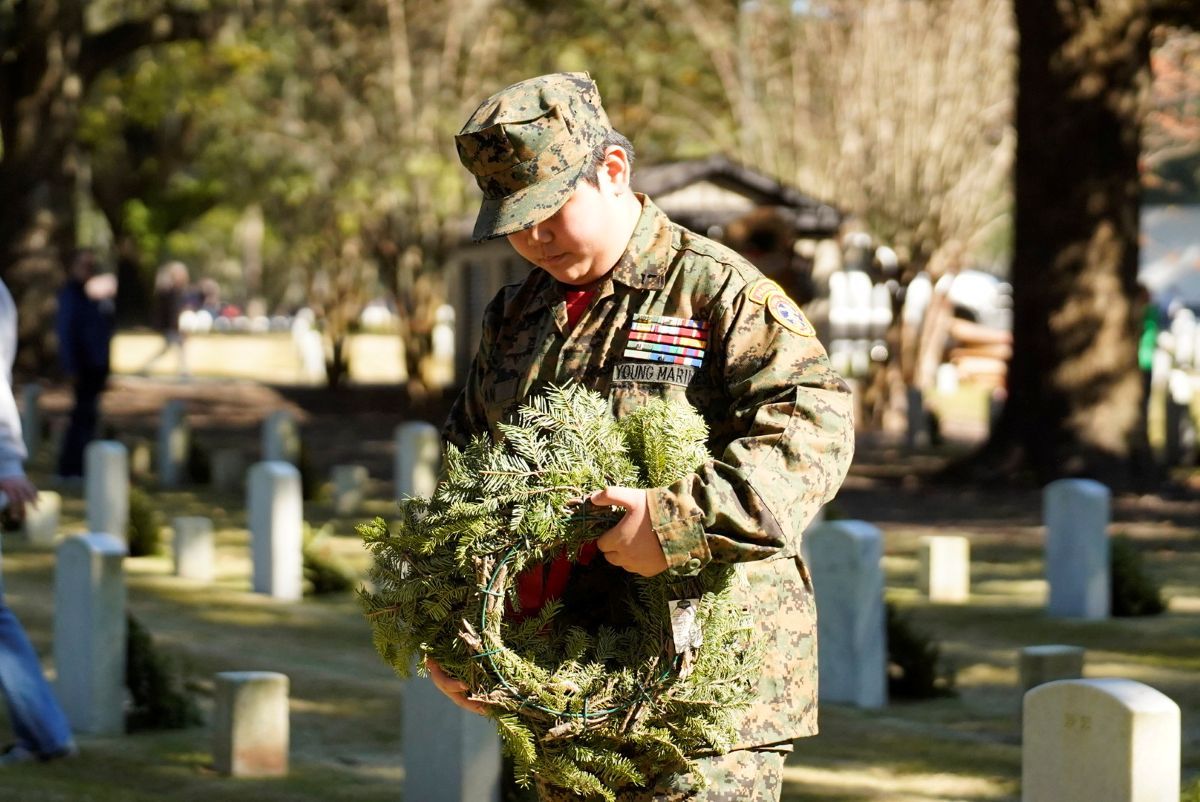Visitors will be able to tour the cultural preserve while researchers work
By Skylar Laird
SCDailyGazette.com
HILTON HEAD ISLAND — Researchers believe Green’s Shell Enclosure Heritage Preserve was once a ceremonial spot for Native American tribes that inhabited the state’s Sea Islands. Centuries later, it was also part of a large plantation, according to South Carolina archaeologists.
As archaeologists dig, seeking to uncover the foundations of former slave quarters, along with more artifacts from the land’s Native American history, they’re opening the property up next month for members of the public to tour and observe their work.
From Jan. 7 through Jan. 16, archaeologists will lead three free tours daily to show interested visitors how they discover information about a piece of land. Each tour is limited to 15 people, so the Department of Natural Resources encourages registering for the event.
One advantage of public tours is people can see all the work archaeologists do and not just the pottery or other items displayed in museums, project manager Meg Gaillard told the S.C. Daily Gazette.
The tours have to remain small because the excavation will involve digging holes throughout the 3-acre property. To start, they will create a grid of 100 holes about 30 centimeters wide and 100 centimeters deep, which Gaillard calls “windows into the ground.”
The archaeologists will then use what they find to decide where to expand their dig, looking for artifacts that could date back as far as 1335 A.D., around the same time as the Renaissance in Europe.
“I would encourage people to come and visit us a couple times during the field season, because they’re going to see a little bit of a different take on archaeology in the different weeks,” Gaillard said.
Green’s Shell Enclosure is named for an enclosure made of oyster and other shells that snakes through part of the property. The ridge, which measures from 20 to 30 feet wide at the base and 4 feet tall at its highest points, was built by Native Americans during a period known as the Irene phase, according to DNR. The period is named after an excavation at Irene Plantation near Savannah, Ga.
The inhabitants of Green’s Shell were farmers who lived in large villages. They used shells to make pendants, called gorgets, as well as masks and beads.
Archaeologists believe the enclosure could have been a ceremonial site, according to DNR. Artifacts, including remnants of pottery, could give researchers a better picture of what people did there, Gaillard said.
Researchers are hoping to uncover some more recent history as well.
The enclosure at one point was located on the western section of the 1,000-acre Fairfield Plantation, also known as Stoney’s Place. About 150 enslaved people were thought to have lived on the plantation in the 1800s, according to DNR.
An excavation in the 1980s found the remains of a chimney on the preserve, in the same place where historical documents indicated slave quarters existed. Archaeologists hope to uncover foundations for the quarters, whether that includes relics or simply changes in the soil that indicate a building once stood there.
The state took over the site in 1991.
Researchers frequently study the state’s 18 cultural preserves, which are meant to preserve culturally significant places, but major excavations like this happen less often.
Archaeologists try to strike a balance between what they dig up and what they leave for future researchers with more advanced technology to uncover, Gaillard said.
Because the archaeologists studying the property in the ‘60s, ‘70s and ‘80s left parts of it untouched, current researchers were able to use newer ground-penetrating radar to discover the potential remnants of the slave quarters on the old plantation, Gaillard said.
Archaeologists will do the same thing this time around, excavating about 17% of the property to leave some mysteries for future researchers to solve, she said.
“In 20 years, there might be another excavation there for the next generation that’s going to disclose a whole bunch more about the past, so it’s very exciting,” Gaillard said.
While artifacts are often what people picture when thinking about excavations, other details in the land that are not as easily displayed can offer just as much, and sometimes more, information, Gaillard said.
“To an archaeologist, there’s so much more to that research than just the things and the objects that we bring out of the ground,” Gaillard said. “Sometimes, the dirt itself tells an amazing story that we can analyze for people that come and visit us.”
Skylar Laird covers the South Carolina Legislature and criminal justice issues. Originally from Missouri, she previously worked for The Post and Courier’s Columbia bureau. S.C. Daily Gazette is part of States Newsroom, the nation’s largest state-focused nonprofit news organization.











